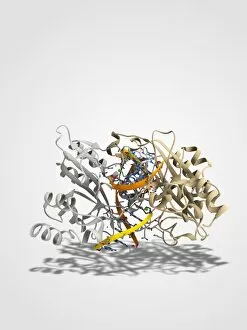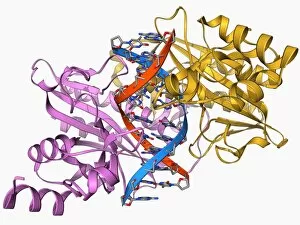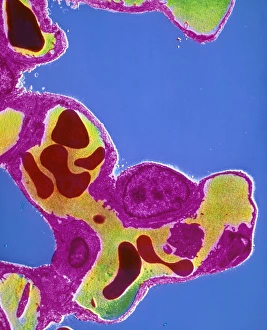Type Ii Collection
"Unraveling the Complexity of Type II: From Paprosky Femur Defect Classification to EcoRV Restriction Enzyme Molecule" Type II
All Professionally Made to Order for Quick Shipping
"Unraveling the Complexity of Type II: From Paprosky Femur Defect Classification to EcoRV Restriction Enzyme Molecule" Type II, a multifaceted concept that encompasses various scientific domains, holds immense significance in understanding complex biological phenomena. One such aspect is the Paprosky femur defect classification (C016/6621), which aids orthopedic surgeons in assessing and treating bone defects with precision. Delving deeper into the molecular realm, we encounter the EcoRV restriction enzyme molecule - an essential tool for genetic engineering and DNA manipulation. Its ability to recognize specific DNA sequences makes it invaluable in gene cloning and sequencing experiments. The intricate structure of the EcoRV restriction enzyme molecule (C014/2117) reveals its remarkable adaptability and efficiency in cleaving DNA strands at precise locations. This property enables scientists to study gene expression patterns or modify genetic material for therapeutic purposes. In exploring further variations, we uncover additional forms of this versatile enzyme - C014/2112, C014/2114, C014/2116, and C014/2115. Each variant possesses unique characteristics that contribute to their diverse applications within molecular biology research. Expanding our focus beyond enzymes, another significant player emerges: Interferon gamma molecule (F006/9489). This potent cytokine plays a crucial role in regulating immune responses against viral infections and cancer cells. Its interaction with its receptor F006/9330 orchestrates a cascade of events that bolster our body's defense mechanisms. Within this intricate web of scientific knowledge lies yet another instance of the EcoRV restriction enzyme molecule (C014 / 2113). By studying its behavior under different conditions or mutations, researchers gain insights into how these molecules function within living organisms. Type II embodies complexity intertwined with discovery – from classifying bone defects to unraveling the secrets hidden within molecules like EcoRV restriction enzymes or Interferon gamma.




















